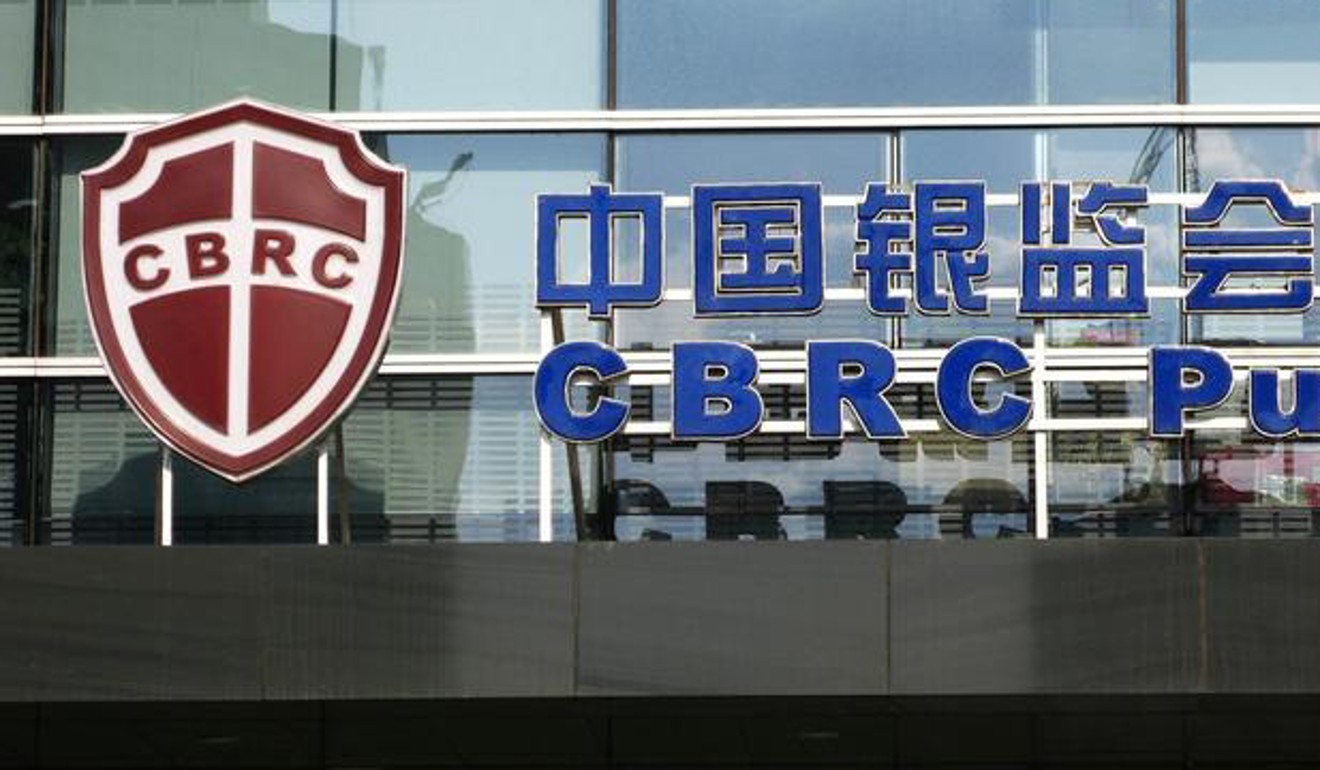
Cats, rats and what a fistful of dodgy dollars in the desert tells us about China’s banking system
If you believe the numbers, China’s banking system is just fine. But a small bank branch in the country’s financial wild west tells a different story
The Wenchang Road outlet of the Postal Savings Bank of China in the desert city of Wuwei is in the literal and metaphorical wild west of the Chinese financial world.
Wuwei is in the remote western Chinese province of Gansu and is at the centre of the country’s latest multibillion-yuan banking scandal – based on a fraud that went undetected for years.
According to China’s banking watchdog, the China Banking Regulatory Commission (CBRC), a manager at the branch forged 7.9 billion yuan (US$1.2 billion) in commercial papers and misused 3 billion yuan of client funds to pay the forged bills.
Wuwei is only a fleck on a map of China but the case has once again exposed the multitude of problems in the banking system after a decade of exuberant growth. It also underscores why President Xi Jinping has made controlling financial risk one of his top three priorities.
If anything, the Wuwei case has shown that even a small place can make big trouble. There’s no public data about the branch’s deposits and loans but the 3 billion yuan involved in the fraud is more than double the city’s tax revenues for 2016.
Second, the branch’s supervisors, including the provincial head office and the headquarters in Beijing, appear to have had no control over what was going on at the local level.
Regulators were unaware of the fraud for years and it only came to light when a small bank more than 3,000km away on the border of North Korea, the Jilin Jiaohe Rural Commercial Bank, reported that it had invested billions of yuan into wealth management products at the Wuwei branch and later found the funds were gone.
It should also be cause for concern that a rural commercial bank on one side of the country which should have been taking local deposits and helping local development was using its money to buy “wealth management products” offered by another bank on the other side of the country.
Third, while the Wuwei branch’s operations were dodgy and the commercial papers were fake, at least 10 other banks across China agreed to trade with the outlet. Had these banks followed due diligence procedures, they would have detected the fraud. But, according to the CBRC, employees of the involved banks were found “trading illegally with brokers” and “some even colluded with suspected criminals to seek personal profits”.

The 10 banks in the regulatory statement were Bank of Shaoxing, the Zhenjiang branch of the Bank of Nanjing, Xiamen Bank, Bank of Hebei, GW Bank, Hengyang Hengzhou Rural Commercial Bank, Dingzhou Rural Commercial Bank, Guangdong Nanyue Bank, Bank of Handan, the Qianan Rural Credit Cooperative – all small regional lenders desperate trying to grow bigger.
The CBRC responded by imposing a series of penalties. The Wenchang Road branch of the Postal Savings Bank was ordered to pay 90.5 million yuan and four of its executives were banned from taking senior banking positions for up to five years. The Jiaohe Rural Commercial Bank was fined 77.44 million yuan and its chairman and president banned from senior banking positions for two years. And the 10 banks that traded with the Wenchang Road branch had to pay a combined 127.5 million yuan.
But only one person, Wang Jianzhong, the manager of the Wenchang Road branch who forged the commercial papers, contracts and seals, will face court.
The Postal Savings Bank of China, which listed in Hong Kong in 2016, said it had conducted a thorough audit and determined that the case would not have any “significant negative impact” on its business or financial position.
The revelations come hard on the heels of another banking scandal. Regulators said last month that the Chengdu branch of Shanghai Pudong Development Bank, which had reported “zero” non-performing loans for years, had used 1,493 shell companies to hide problematic loans. Like the Postal Savings Bank, the Shanghai bank said the case had been dealt with and would not have a big impact on operations.
But the cases raise a tough question for investors: are they cause for relief that Beijing is getting serious about financial irregularities, or are they just the tip of an iceberg?
The banks may be right. The Postal Savings Bank said it had a net profit of 26.6 billion yuan in the first half of 2017. If the Wuwei case is an isolated one, the lender has the cash to get over it.
And the national numbers continue to paint a reassuring picture – the official line is that the overall non-performing loan ratio in China’s banking system was a very manageable 1.74 per cent as of the end of September.
There is no official concrete data to substantiate any doubts but it is not logical for the non-performing loans ratio to say below 2 per cent when balance sheets are expanding amid a broad slowdown of the Chinese economy.
Then there are the noises coming from China’s leadership, which continues to describe the financial industry as a mess and a threat to the country’s economic security. The central bank’s chief discipline inspector Xu Jiaai said it best when he said the industry was dogged by a corrupt “alliance of cats and rats”.
Even CBRC chief Guo Shuqing was moved to say the regulator faced “grim, complicated and long-term” risks and challenges in the banking industry.
These comments – and the big trouble in the small desert town of Wuwei – may say more than the numbers about the true risks in China’s banking industry.

